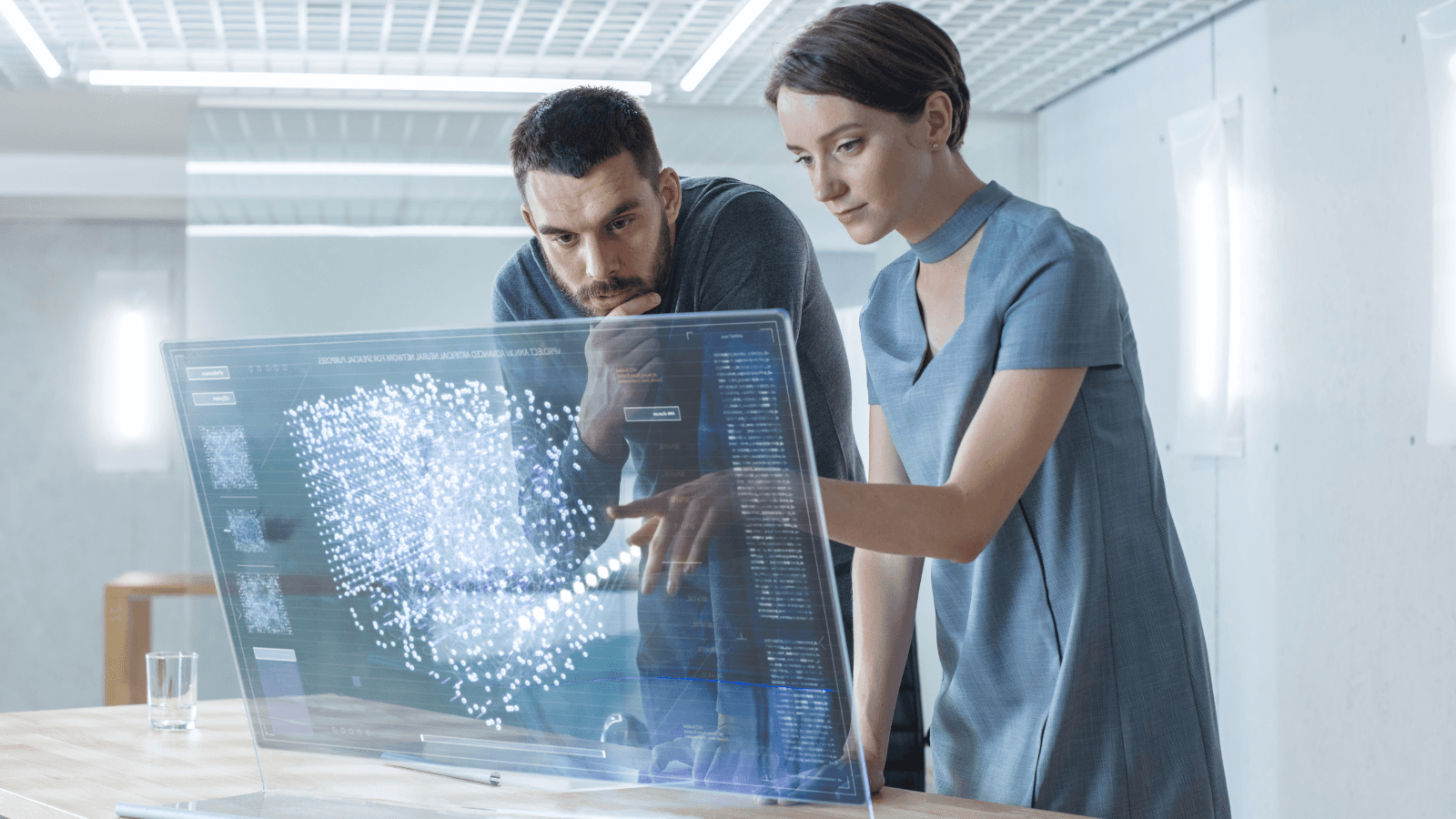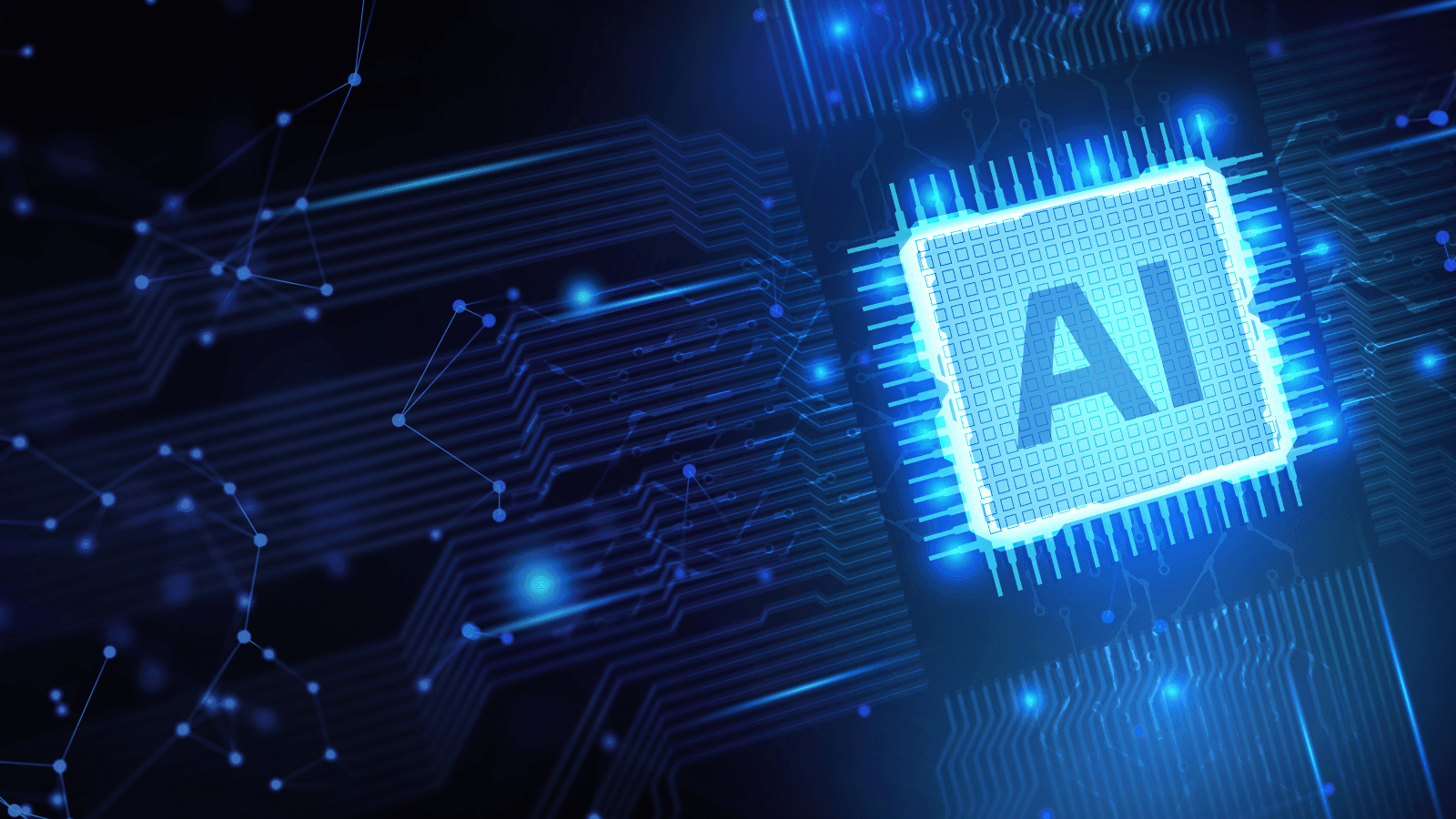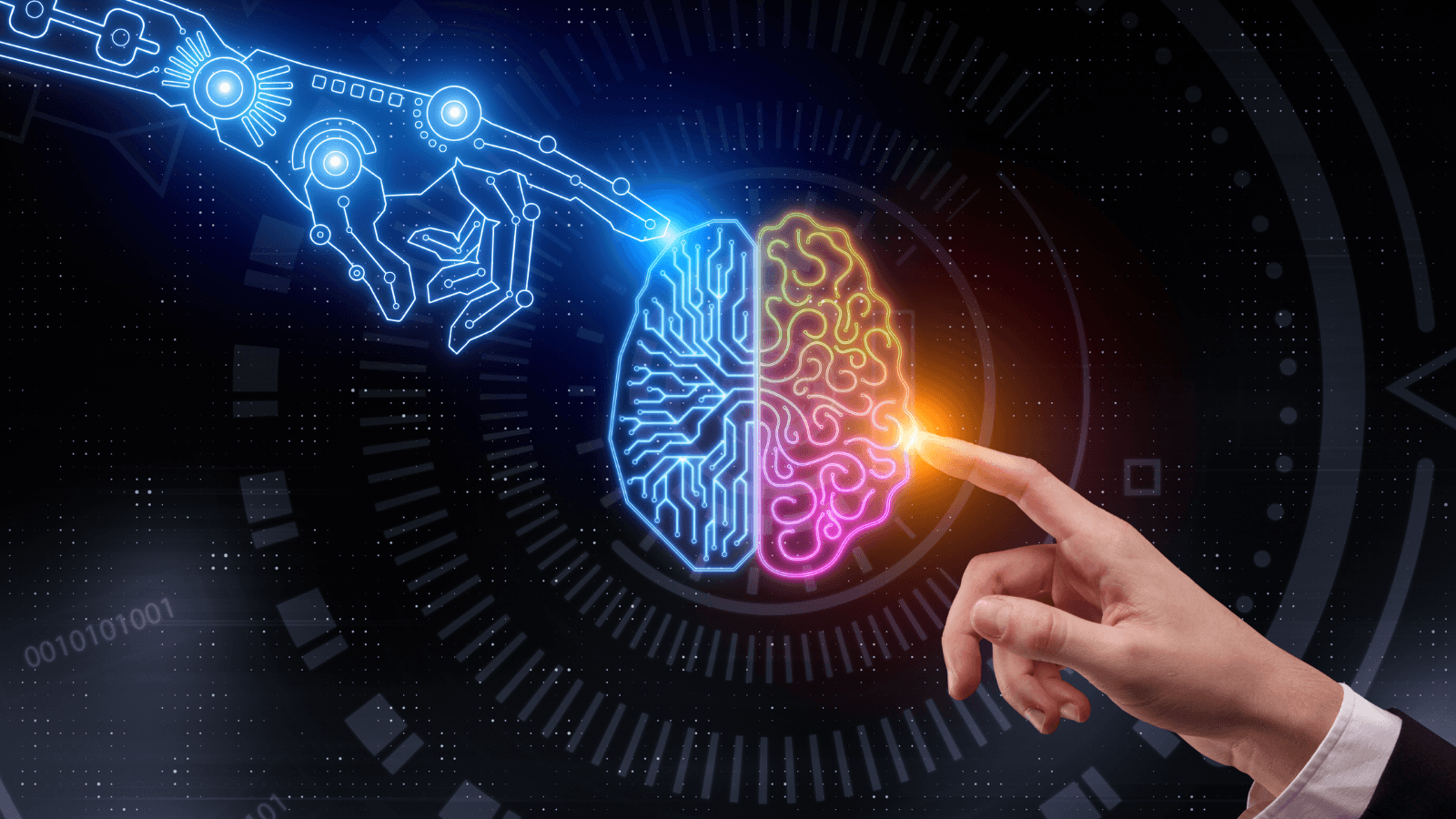Back to Blog
Protecting Creators in an AI-Dominated World
Nov 2, 2023
Callum Moates
Artificial intelligence (AI) and machine learning models are transforming the creative industry, and fast. AI tools trained on large data sets can generate music, art, and written content in minutes through a simple user prompt. For example, algorithms can sift through large amounts of information to produce music tailored to specific tastes or craft visual art by emulating styles from renowned artists. These technologies have lowered the barriers to creating content by offering opportunities to generate ideas, automate tasks, and simplify what once was a knowledge-intensive process. AI allows creators to concentrate on the core creative process, increasing productivity and innovation. However, AI also threatens creators with the risk of job displacement and copyright infringement while simultaneously sabotaging the creativity through low-quality content.
The next iteration of the web, the 3D internet, often called the metaverse, is broadening the spectrum of content creation in immersive 3D virtual environments. With content creation booming on these platforms, and an increasing number of AI tools available to build 3D assets, creators must future-proof themselves and their content from frauds and fakes as the internet evolves into a three-dimensional environment.
The rise of AI in creative industries
Artificial intelligence is increasingly influencing the creative sectors, from arts to music and content writing, reshaping how creators ideate and produce work.
Art: AI can generate visual artworks based on a set of parameters and by combining and modifying existing images, with some pieces even being auctioned at record prices. Neural networks can also help create artwork resembling styles of iconic artists or a particular type of art. For instance, Deep Dream, a tool developed by Google, leverages neural networks to identify and amplify patterns within images, often resulting in dreamlike and psychedelic visuals. Artists like Robbie Barrat have also utilized AI to produce unique art pieces like "Infinite Skulls," which used AI to create new skull images from scanned paintings, showcasing a fusion of traditional art and advanced AI. These digital art pieces can sell for surprisingly large sums of money. The artwork, "Edmond de Belamy," was auctioned at Christie's in New York and sold for a staggering $432,500, significantly surpassing its estimated value.
Music: In music, AI tools like Jukedeck, IBM Watson Beat, and Amper Music allow for the creation of original compositions. These tools analyze vast amounts of musical data available, like chords, tempo, length of the piece, and how the notes harmonize to generate new tracks and melodies, offering a new approach to music production. While some models develop tracks based on data collected, others do it based on pre-coded rules.
Content writing: AI models, such as GPT-4 by OpenAI, have generated written content from articles, screenplay, short stories, and poetry based on the user’s input. These models are trained on vast datasets and gather data by scanning the internet for existing content, enabling them to produce fresh, coherent, and contextually relevant text based on given prompts.
Integrating AI into the creative process while lowering the barriers to entering the industry and optimizing productivity has raised questions about originality, copyright, and the root of human creativity. As AI tools become more accessible, there's a growing debate about the balance between humans and machines in the creative process. The potential of AI to mimic specific artists' styles, as seen with tools like Deep Dream by Google, has also sparked discussions about the implications for artists' copyright infringements.

The opportunities and threats of AI for creators
Opportunities for creators
Enhanced creativity: AI can act as a creative partner, offering suggestions, generating ideas, or even producing content drafts. For instance, AI tools can suggest color palettes for designers, chord progressions for musicians, or plot twists for writers based on vast datasets and patterns they've learned.
Automation of repetitive tasks: Mundane and repetitive tasks can be automated using AI, allowing creators to focus on the core creative process. For example, video editors can use AI to cut and edit footage automatically, photographers can use AI for automatic image retouching, and writers can use AI for grammar style checks and to translate written work into other languages.
Access to new tools: As the AI industry evolves, technologies advance, and models train on larger data sets, several new tools with better capabilities are emerging. For instance, players from tech companies like Google are developing large language and text-to-image models like BERT and LaMDA, while open-source providers like HuggingFace are also building generative AI models. With innovation rampant in the space, creators will always have various tools to utilize.
Threats to creators
Job displacement: As AI becomes more proficient, there's a growing concern about its potential to replace human jobs in fields like writing, coding, and design, which generally require deep understanding and knowledge. With AI's ability to produce results after analyzing large data sets, they could disrupt these knowledge-based roles. While it is uncertain if these roles will be eliminated entirely in the decades to come, creators will need to work alongside these technologies to stay relevant and improve productivity.
Copyright issues: Generative AI poses significant challenges for creators regarding copyright and intellectual property rights, with over 58% voicing concerns about it, as published by ZDNET. If an AI creates a piece of music or writes a book, who owns the copyright? The programmer, the user, or the AI itself? For instance, AI-generated books could lead to disputes over originality, especially if the content closely resembles existing human-authored works. While the generated text and visuals aren't identical to any prior content, system providers contend that they are the property of those who prompted their creation.
Generic creative content: With many creators using similar AI tools and datasets, there's a risk of producing generic, and low–quality content. The unique touch, style, and perspective of individual human creators might get diluted if everyone relies heavily on AI recommendations and outputs.

Protecting Intellectual Property in the AI era
As AI systems generate more content, lawmakers will be tasked with understanding if AI creations can be copyrighted, and if so, who holds that copyright. Determining the uniqueness of AI-produced creations raises concerns as copyright and IP laws have not caught up to the industry’s advancements. Traditional copyright laws were designed with human creators in mind. With the advent of AI-generated content, there's a pressing need to redefine these laws.
Should creations from generative AI be judged by the same originality criteria as those made by humans? How does this affect the standards for patents and copyright protections? Moreover, the ownership of the data utilized to educate generative AI systems gains importance, affecting the subsequent intellectual property rights.
For instance, if an AI, trained in various literary works, produces a novel, it might inadvertently replicate themes or styles from existing books. Such situations not only lead to copyright challenges but also raises questions about the originality and authenticity of AI-generated content.
A lack of clarity on copyright of AI generated could lead to legal disputes and challenge creative expression.
Future-proofing creative work with Matera Protocol
The metaverse - or, as we call it, the 3D internet, is opening up a new way for creators to build, distribute, and monetize content from virtual art, music, interactive experiences, and other digital assets. Creators in this new digital space have even greater reason to future–proof their creations and protect them from challenges, like scams, copyright infringement, and the increasing number of AI-generated fakes. Landvault’s Matera Protocol helps creators by providing them with a one-stop-shop toolkit to bring their 3D worlds and builds ‘on-chain’ seamlessly.
In the digital world, the authenticity of assets is crucial to ensure users are protected against scams and fraud and that content is rightfully attributed to the creator. The asset IP verification feature provided by Matera preserves the value of digital assets, ensures authenticity, and builds trust and confidence. The Matera Protocol also allows creators to turn their verified creations into tradable digital tokens on the blockchain by fractionalizing them into several ‘asset tokens.’ By tokenizing assets on the blockchain, creators can have indisputable proof of their original creations. This record ensures creators get due credit and compensation as the asset is bought, sold, and traded on digital marketplaces without intermediaries taking a cut of their profits.

Conclusion
The integration of AI in industries like media, art, and music offers both opportunities and challenges. While AI can encourage broader participation in the industry, amplify creativity, and streamline processes, it also raises concerns about originality, authenticity, and copyright. In this evolving landscape, creators must be protected with better laws and regulations. Creators in the Web3 space and 3D internet also need better ways to safeguard digital content, assets, items, and experiences built. Platforms like Matera Protocol are already ensuring that creators in the next phase of the internet are shielded from AI-generated copycats and replications. Balancing innovation with vigilance around intellectual property ethical considerations will be key for creators in this AI-driven era.
Are you looking to build immersive experiences in the 3D world? We can help you build, verify, tokenize, and monetize your creation in the metaverse with Matera. Get in touch with us!
Nov 2, 2023
Callum Moates
Subscribe to our monthly newsletter
About Landvault
Landvault is building infrastructure to accelerate the metaverse economy, by building tools to create, deploy and monetize content. The company has helped over 200 clients enter the metaverse, including both Fortune 500 companies and government organizations like the Abu Dhabi government, Mastercard, L’Oreal, Red Bull, and Heineken. The company has raised a total of $40m over the past three years and continues to pioneer technological advancements.
